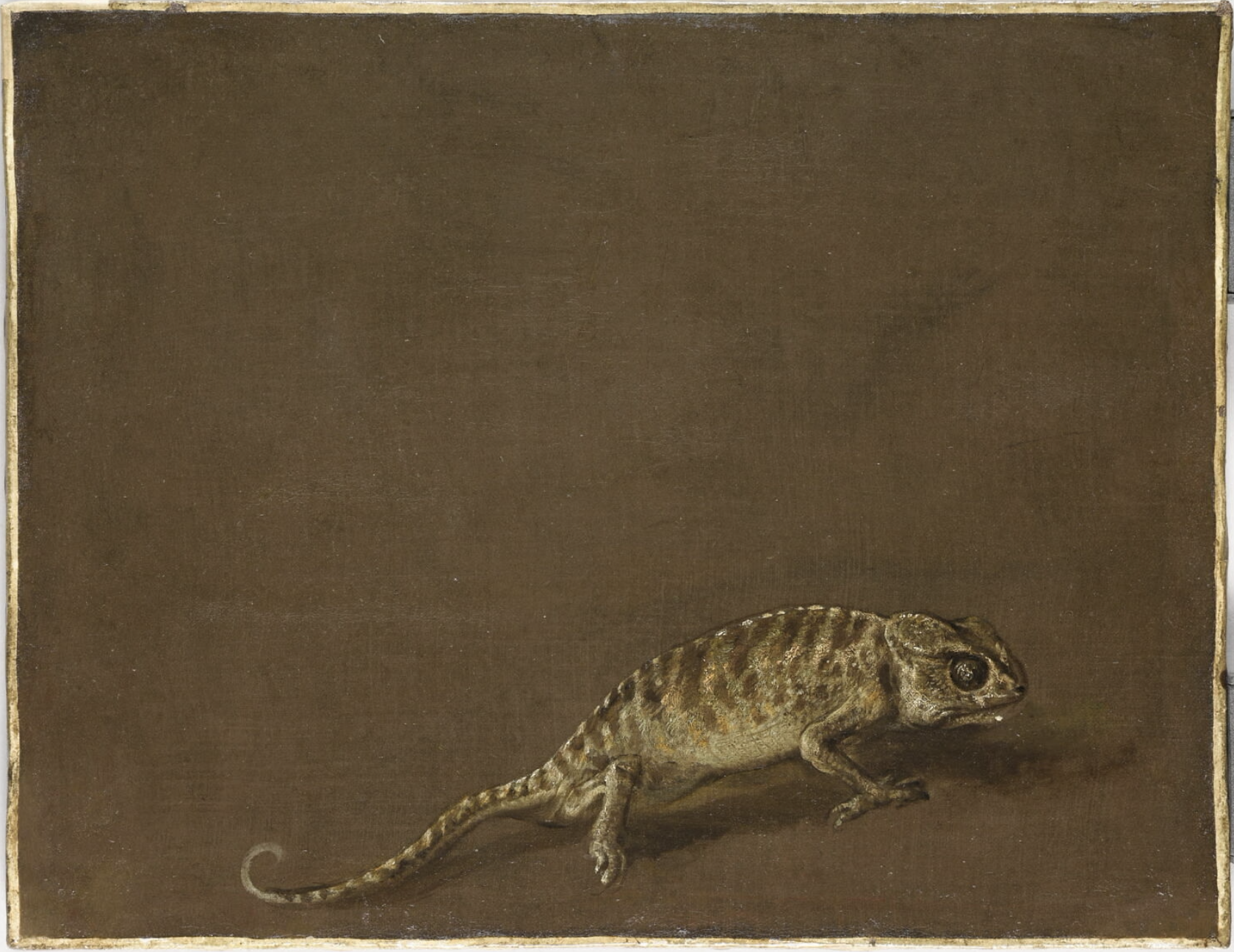Heat & Basking Bulbs Explained
Chameleons bask primarily to regulate their body temperature, not for enjoyment. As ectothermic animals, they depend on external heat sources to reach the specific temperature levels necessary for their physiological functions, such as digestion, metabolism, and overall activity. When basking, a chameleon seeks out warm, sun-exposed areas to absorb...





























